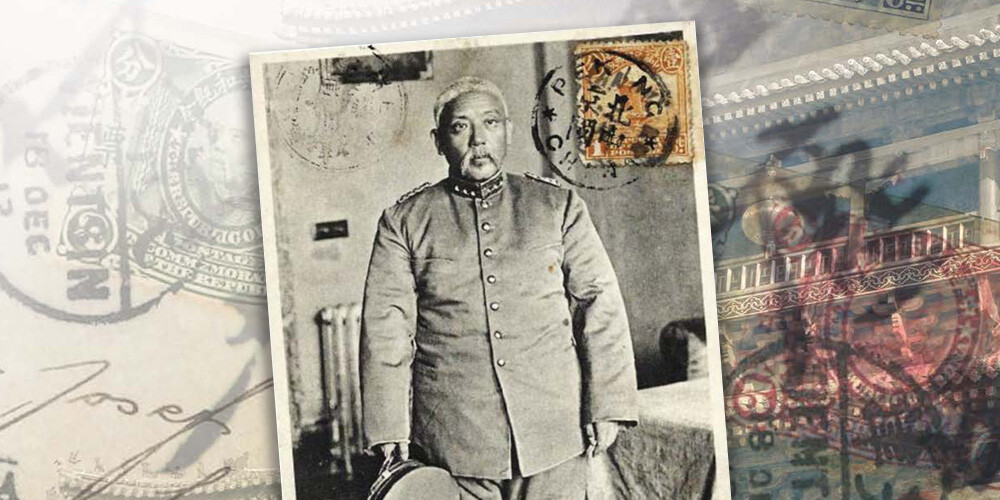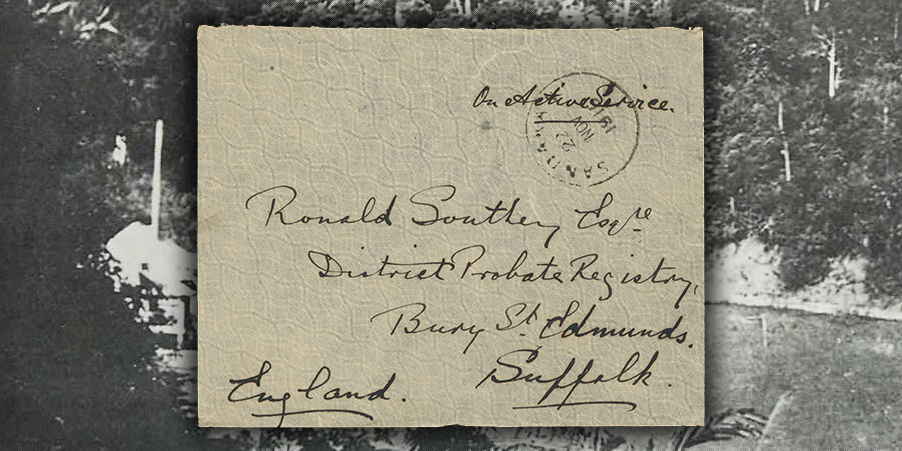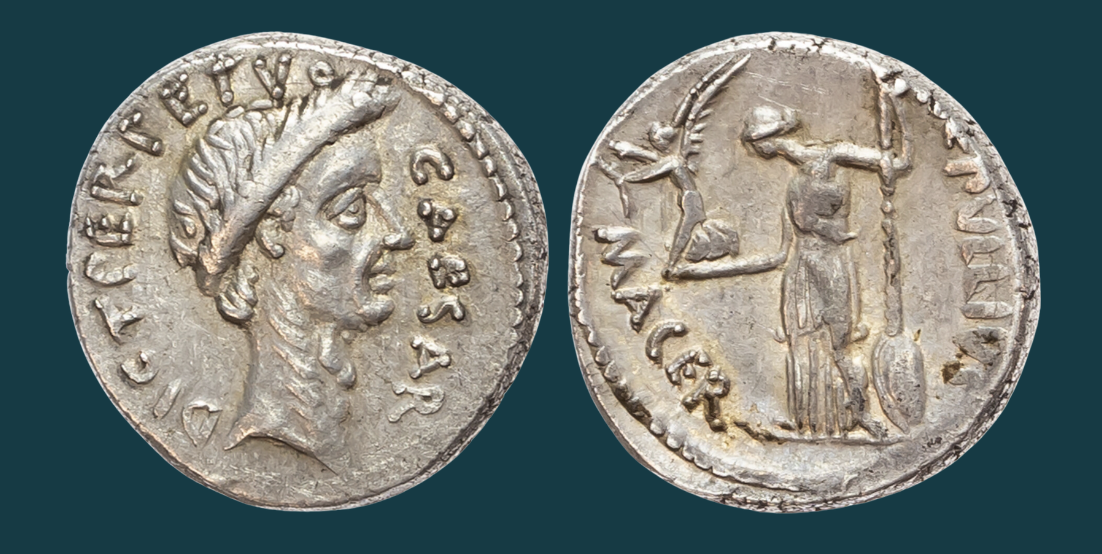Originally published in Gibbons Stamp Monthly November 2023 Issue. Subscribe to Gibbons Stamp Monthly for the latest philatelic information.
Read the full article here.
Yuan Shikai, a prominent military leader during the late Qing dynasty, played a crucial role in the transition to the Republic of China following the Xinhai Revolution of 1911. After serving the Qing dynasty, Yuan gained significant influence and became the Republic's first President. However, his ambitions extended beyond the presidency. In 1915, he declared himself Emperor of a new, short-lived Chinese Empire, the Hongxian Dynasty, which lasted only 83 days before collapsing under widespread opposition.
Yuan's career began in the Huai Army and saw him rise to prominence in Korea, where he suppressed the Gapsin Revolution. His military success and loyalty to conservative factions within the Qing court, especially during the Boxer Rebellion, positioned him as a key power broker during the turbulent early 20th century in China.
When the Qing Empire fell, Yuan's strategic negotiations led to the abdication of the last emperor, Puyi, and his assumption of the presidency in 1912. His time as president saw attempts to modernise China’s military and bureaucracy, influenced by Western models, particularly in the realm of stamp production and postal services.
Yuan’s dictatorial rule, however, included censorship, suppression of opposition, and extensive surveillance. His attempt to restore the monarchy with himself as emperor was met with fierce resistance, leading to his rapid downfall and death in 1916.
This period is rich in philatelic history, with various stamps issued to commemorate Yuan’s political manoeuvres. These stamps, especially those featuring his portrait, reflect the complex and often tumultuous era of China’s transition from imperial rule to republic.
To delve deeper into Yuan Shikai's intriguing legacy and the stamps that marked this pivotal time in Chinese history, click through to read the full article. This exploration offers a detailed look at the fascinating intersection of philately and historical upheaval.





